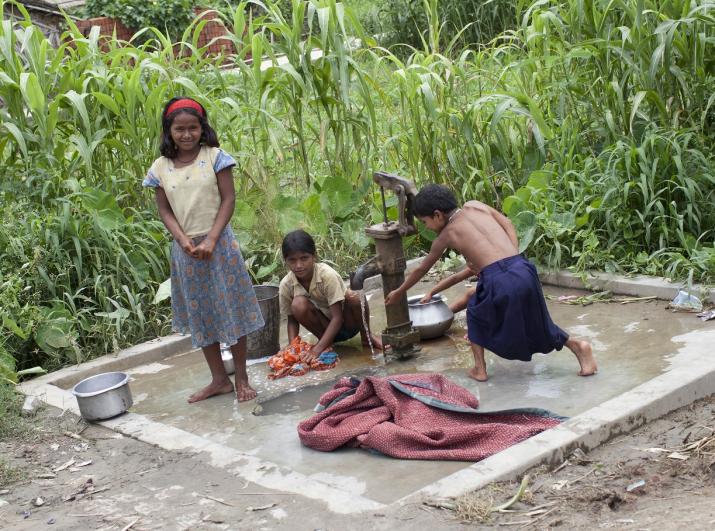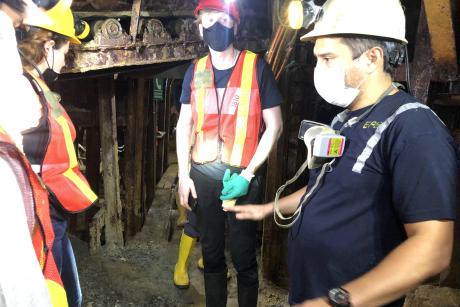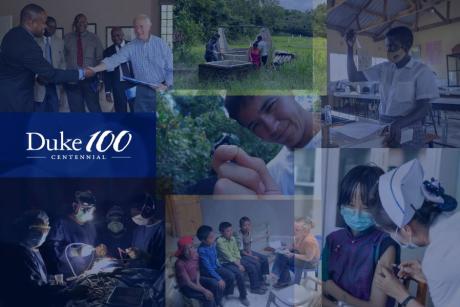In 2012, it was estimated that 89 percent of the world’s population had access to improved water sources. While this sounds promising, Duke researchers say international metrics for safe drinking water do not tell the whole story and that there remains a significant need for safe and scalable water supply solutions.
In the April bulletin of the World Health Organization, DGHI faculty member Marc Jeuland and Global Health Doctoral Scholar Jenny Orgill argue that international metrics should be interpreted with great caution since there are no common definitions and metrics for measuring water safety. Their work in Southeast Asia shows the current definition of “improved” does not reliably predict safety from bacteria. They point to problems in both the quantity and quality of water sources that are exacerbated by people’s hygiene, water handling and sanitation practices. Three factors in particular that contribute to contamination risk and can compromise water safety are water storage over long time periods, unreliable and unregulated piped water supplies, and the complexity of household water management practices. The combination of these factors leads to the greatest water quality problems in locations where improvements in access have been greatest or are still most needed.
Along with researchers from the London School of Hygiene and Tropical Medicine, the WHO, and the Georgia Institute of Technology, the team argues for more targeted research on effective ways to improve the safety of drinking water supplies.



